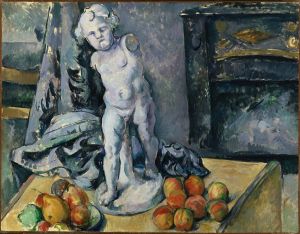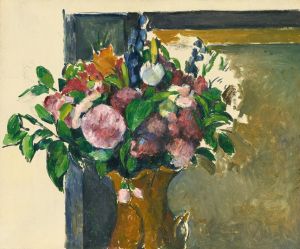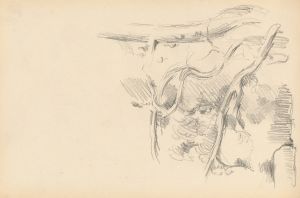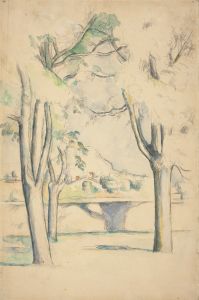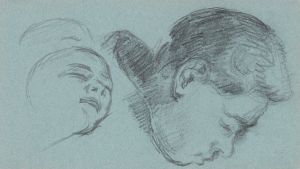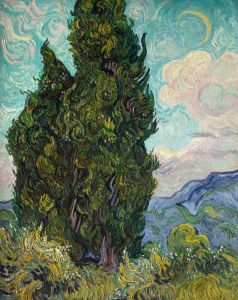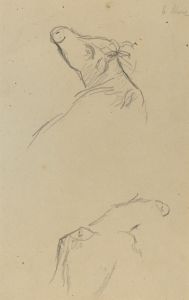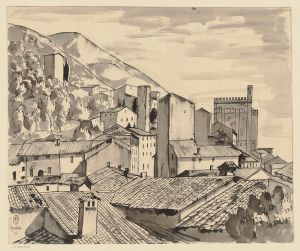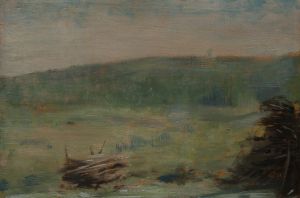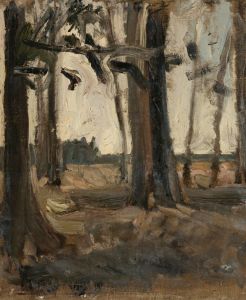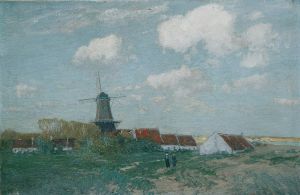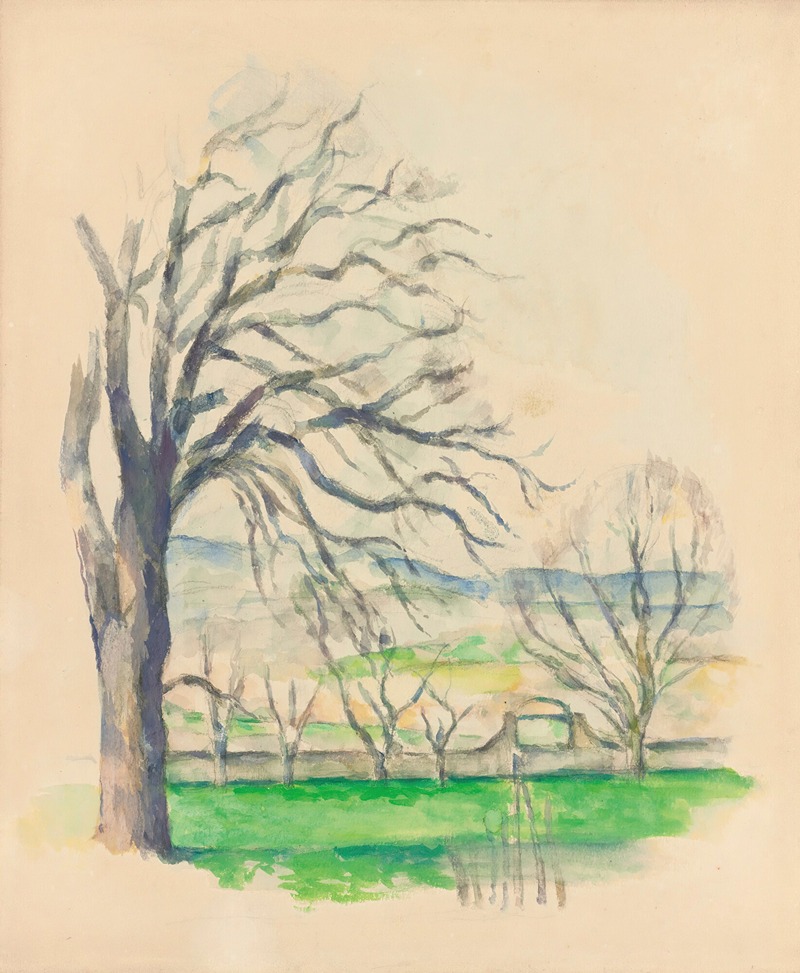
Arbre Dépouillé Au Jas De Bouffan
A hand-painted replica of Paul Cézanne’s masterpiece Arbre Dépouillé Au Jas De Bouffan, meticulously crafted by professional artists to capture the true essence of the original. Each piece is created with museum-quality canvas and rare mineral pigments, carefully painted by experienced artists with delicate brushstrokes and rich, layered colors to perfectly recreate the texture of the original artwork. Unlike machine-printed reproductions, this hand-painted version brings the painting to life, infused with the artist’s emotions and skill in every stroke. Whether for personal collection or home decoration, it instantly elevates the artistic atmosphere of any space.
Arbre Dépouillé Au Jas De Bouffan (translated as "Bare Tree at the Jas de Bouffan") is a painting by the French Post-Impressionist artist Paul Cézanne. This work is part of Cézanne's extensive exploration of the landscape surrounding the Jas de Bouffan, the family estate in Aix-en-Provence, where he lived and worked for much of his life. The painting is believed to have been created during the late 19th century, a period when Cézanne was deeply engaged in studying the natural world and experimenting with form, color, and perspective.
The Jas de Bouffan estate, purchased by Cézanne's father in 1859, served as a significant source of inspiration for the artist. The property included a large house, gardens, and a park with trees, which became recurring subjects in Cézanne's work. The bare tree depicted in this painting reflects Cézanne's interest in capturing the essence of nature through a careful balance of structure and spontaneity. His approach to painting often involved breaking down natural forms into geometric shapes, a technique that would later influence the development of Cubism.
In Arbre Dépouillé Au Jas De Bouffan, Cézanne employs his characteristic brushstrokes to convey the texture and vitality of the tree and its surroundings. The bare branches suggest a seasonal context, likely autumn or winter, and emphasize the stark beauty of the natural form. The composition demonstrates Cézanne's mastery of spatial relationships, as he creates depth and dimension through the interplay of light, shadow, and color.
Cézanne's work during this period marked a departure from the more spontaneous style of the Impressionists, with whom he had briefly associated earlier in his career. Instead, he sought a more deliberate and analytical approach to painting, aiming to capture the underlying structure of the natural world. This focus on form and composition is evident in Arbre Dépouillé Au Jas De Bouffan, where the tree serves as both a subject and a framework for exploring Cézanne's artistic principles.
The painting is part of a broader body of work that includes numerous studies of trees, landscapes, and architectural elements at the Jas de Bouffan. These works collectively illustrate Cézanne's evolving style and his profound connection to the Provençal landscape. Today, Cézanne is celebrated as a pivotal figure in the history of modern art, and his paintings from the Jas de Bouffan period are regarded as essential to understanding his artistic legacy.
The current location of Arbre Dépouillé Au Jas De Bouffan is not definitively documented in public records, and further details about its provenance or exhibition history are limited. However, the painting remains an important example of Cézanne's innovative approach to landscape painting and his enduring influence on subsequent generations of artists.






